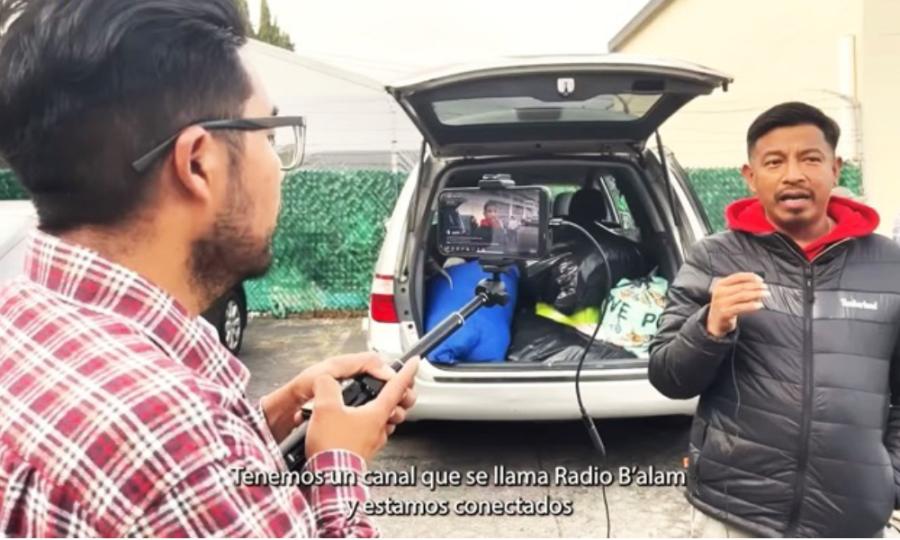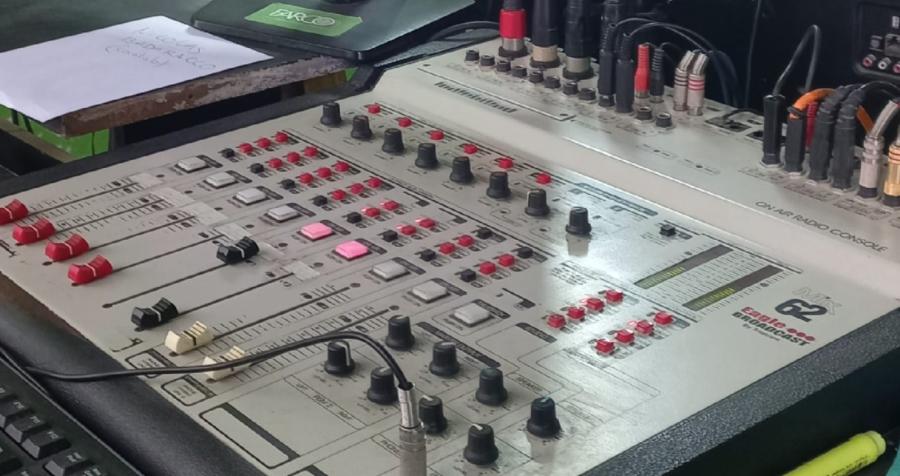In November, Cultural Survival executive director Ellen Lutz traveled to Guatemala to lobby congressional representatives there, hoping to convince them to pass a new law that would finally give full legal rights to community radio stations in indigenous areas.
A provision for community radio is actually written into Guatemala’s constitution and into the peace accords that ended 30 years of government pogroms against the country’s majority indigenous population. But while the concept is established, the mechanism for creating the stations is not. Guatemala’s telecommunications law was left untouched by the peace accords and the constitution, and thus has no provision for assigning broadcast frequencies to community radio stations. That technicality means that existing stations are broadcasting illegally, and the government has been using that excuse to shut down stations and arrest broadcasters. The proposed legislation would correct that situation, providing a mechanism for assigning bandwidth.
The new bill is in fact the fourth effort to introduce legislation to legitimize the stations. It seeks to address financial, logistical, and political issues that hampered the earlier legislation and seems to be the best chance yet to cement the future of community radio. “We have 56 votes,” says Mark Camp, the radio project’s director, “and we need 80.”
The lobbying visit in November is only the latest in a chain of efforts to affect government policies toward the radio stations. Cultural Survival also has lobbied U.S. congressional representatives and the U.S. ambassador to Guatemala to apply pressure to the Guatemalan government.
Even without formal legitimacy community radio is flourishing, and its success as an indigenous-rights tool is being amply demonstrated. In the town of Palin, the Poqomam language had so fallen into disuse that it was spoken only at home, by elders. But because much of the local radio programming is produced in Poqomam, you can now hear the language in casual conversation on street corners. It has become a living language instead of an historical artifact. Traditional music has returned to villages, as well. Each community has its own distinctive style of marimba playing, but much of that rich artistic tradition was being abandoned as large commercial radio stations played nothing but pop music. Because community radio stations are extremely limited in their broadcast area, they tend to favor local music. As a result, traditional marimba playing is making a comeback with young people.
The stations also help Mayans learn about their rights. One of the most effective tools has proved to be a soap opera produced by Cultural Survival’s Guatemala Radio Project. One episode featured a story illustrating the right of Mayans to wear their traditional clothing to school. After hearing that program, girls in the village of Nahualá confronted their teacher, and the school agreed to allow the children to wear their traje in class. “I can’t emphasize enough,” says Mark Camp, director of the radio project, “how important clothes are as a cultural identifier. There are three things that define who you are in Guatemala: What language you speak, what you eat, and what you wear.”
The next effort for the radio project will be made in January, when Cultural Survival will be returning to Guatemala with technical advisors in order to explore the possibility of a solar-powered wireless network, so that stations can share program material. Right now, shared content is copied onto CDs and hand-carried to each of the 240 stations in the consortium—a very cumbersome arrangement. The solar plan would allow instant, universal access.



